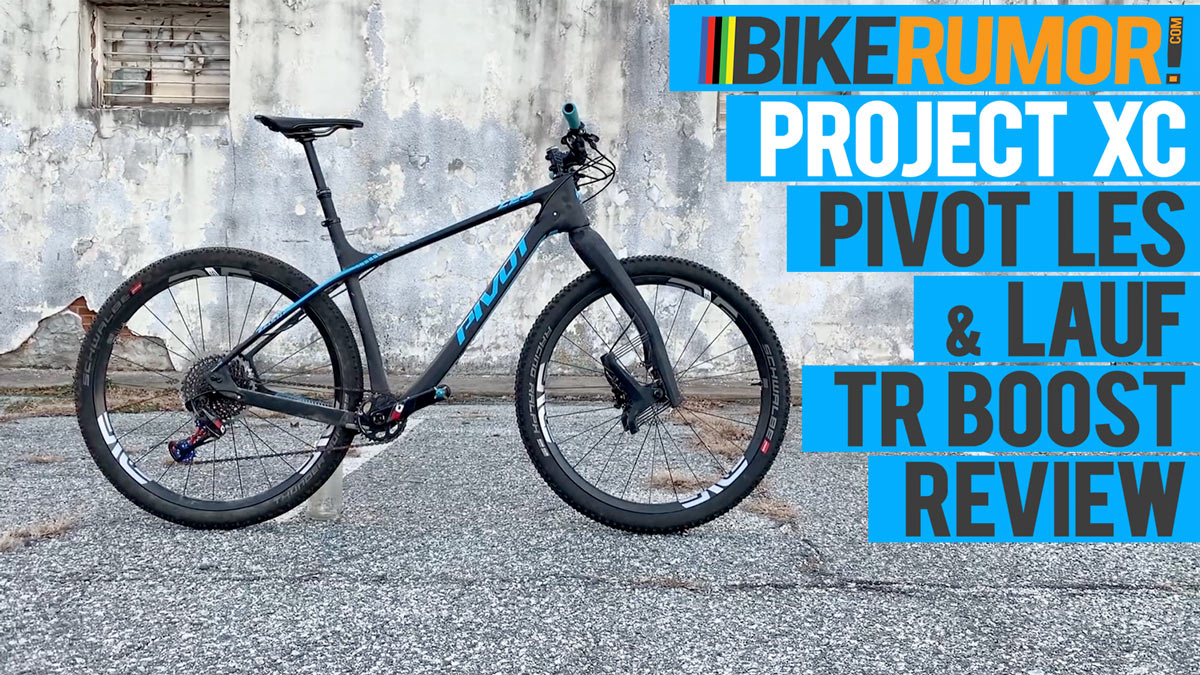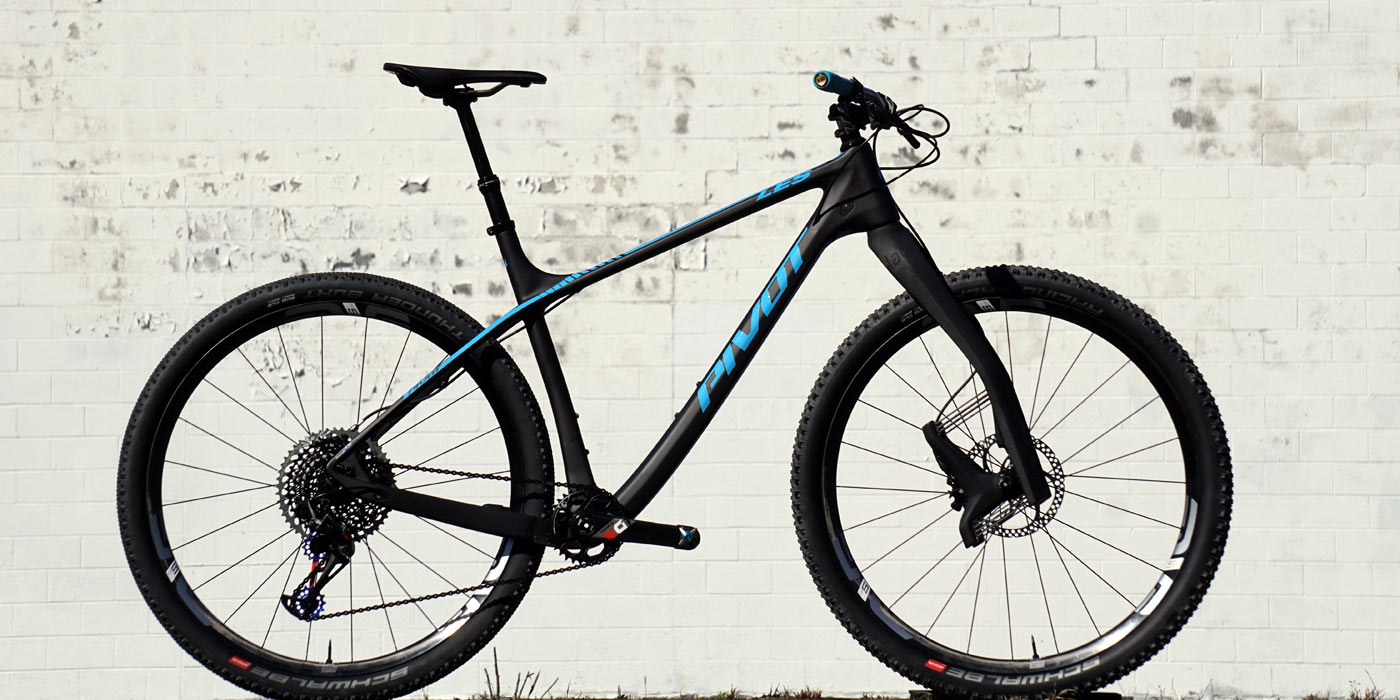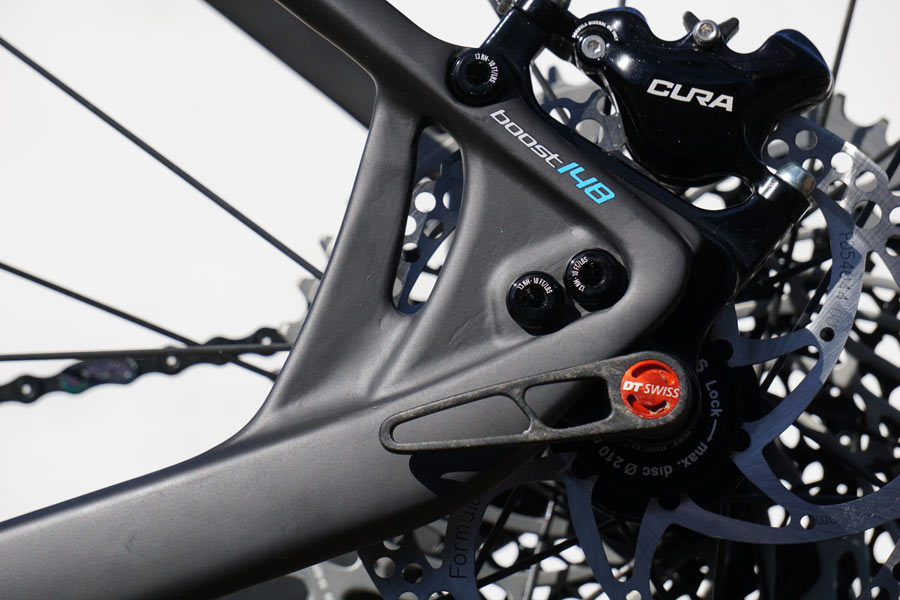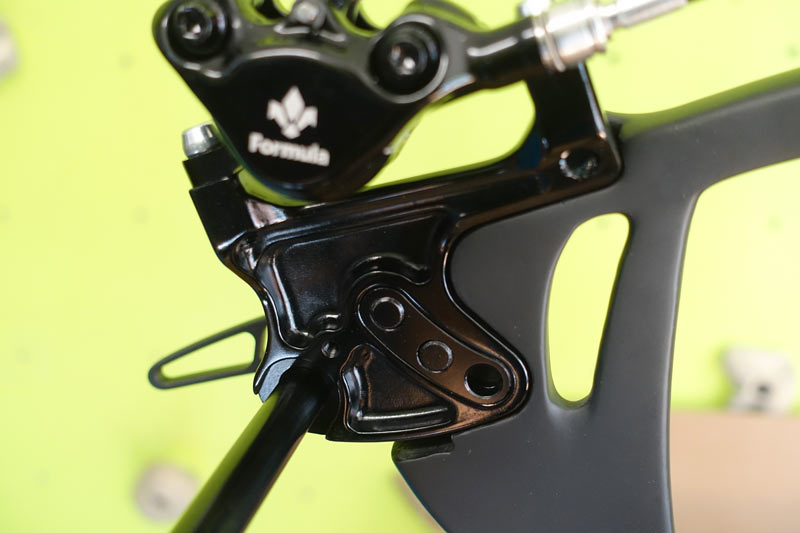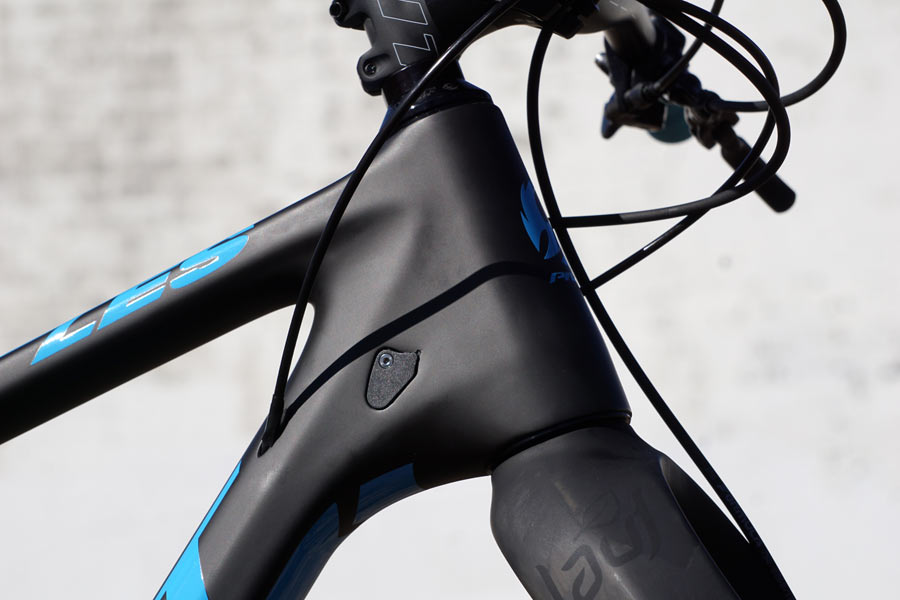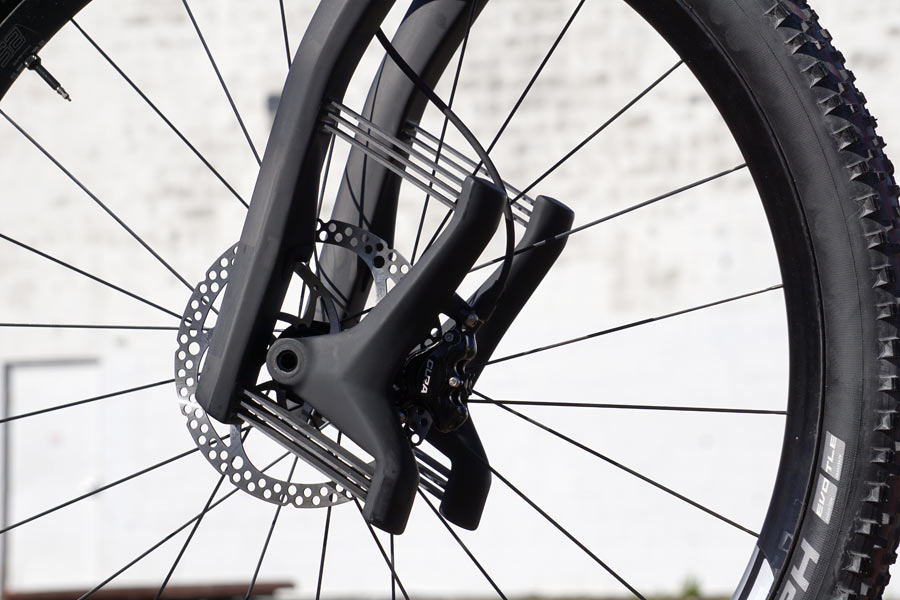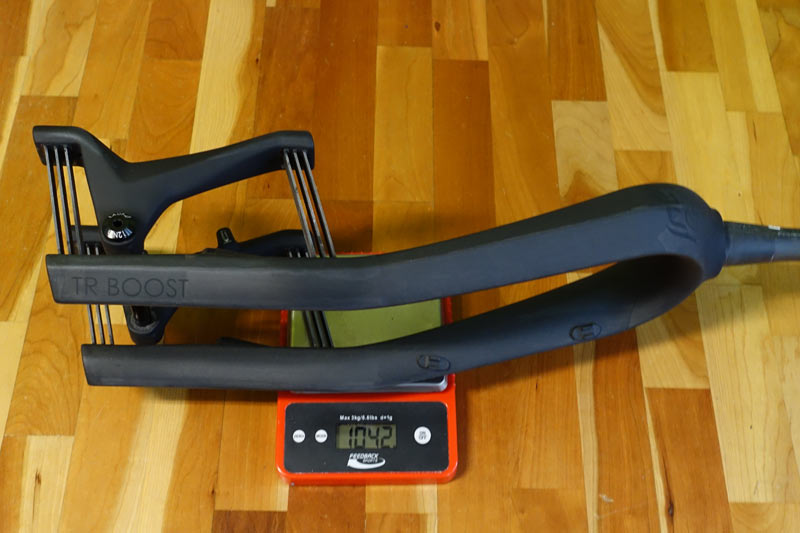Earlier this year, we built the Project XC Race Bike in preparation for the True Grit Epic, a 50 mile NUE race in St. George, UT. While this hardtail may not have been the best choice for that particular event, it is nonetheless a formidable option for racers seeking a fast, stiff and ruthlessly efficient mountain bike to win XC races. And depending on the course, the Lauf TR Boost is a light, equally efficient suspension fork to tame the trails on smoother dirt. Here’s my final review on the frame and fork…
Pivot LES Hardtail Mountain Bike Review
For the 2018 True Grit Epic, I decided to humor my friends at Lauf and race one of their forks. It’s not that I don’t like their forks and wouldn’t run them, quite the contrary. But it meant that I’d have to run a hardtail, which is something I just don’t do anymore. I like suspension. But if their rep could ride the Lauf True Grit gravel bike for a notoriously rough and tough 50 mile mountain bike race, I figured surely I could do it on a mountain bike, right?
So, I chose the Pivot LES and matched it with the Lauf TR Boost fork, which gets a whopping 60mm of travel under full extension. Let’s start with the bike.
The Pivot LES hardtail is, like every Pivot, a nearly perfectly engineered piece of ridable machinery. This particular model was their first hardtail and the name is a play on the fact that it actually has no pivots, a first for the brand when it came out.
What it does have is a swappable dropout system that lets you run it geared or singlespeed and adjust your chainstay length slightly to accommodate either setup. That’s both a pro and a con here. If you want to run a single speed setup, then it’s a very big pro because it’s a well designed part with 18mm of stepless adjustment. But if you’re planning to add gears, it’s a con because it also adds a lot of weight.
Frame weight on our scales was 1,559g with all hardware, excluding the thru axle. That’s NOT light for an XC race bike. Comparable high end offerings are often at or well under 1kg, which puts the Pivot at a big disadvantage in the weight war.
That said, as far as sliding dropouts go, this is probably the most beautiful and stealthy system out there, and one of few on a production carbon fiber frame. And THAT being said, knowing Pivot, our hunch is it’s only a matter of time before they either commit to making this a single speed frame, or offer a race-tuned, geared-specific hardtail that comes in at a more competitive weight.
Barring a slight brake hose routing hiccup during assembly, I really have only one other complaint about the LES. And that’s Cable Rattle. The dropper seatpost cable rattled incessantly, exacerbated by the generous gap at the entry port. While this makes for easier installation, it gives the cable plenty of room to move. My electrical tape fix didn’t really solve the problem because it wiggled its way out, and most of the noise was coming from the housing ratting around inside the downtube.
This is an easy enough fix…there’s an entry port under the downtube that would allow you to slide a foam insulation tube over the housing, but I didn’t have time to do this before my race. Or, I could have used the front shifter cable port, which has a bolt-on cover plate that would help secure the housing and allow it to be pulled tight inside the frame. Which might have reduced the rattle some, but you can’t pull most mechanical seatpost cables too tight or it can interfere with their function. Thus, I think the best option would be to sleeve the hose inside the frame regardless of which port you use.
As a whole, the Pivot LES lives up to their reputation for a stiff, high performance bike. Founder Chris Cocalis has always erred on the side of frame stiffness, safety and durability over gram counting, and it shows. This bike takes everything you’ve got and transfers it straight to the trail. And it transfers whatever the trail is dishing out right back to you…it’s that stiff. Handling is snappy, sprints are strong. If there’s a weak link in your race bike, this won’t be it.
Lauf TR Boost Fork Review
Honestly, this was the wrong fork for this race. I love Lauf. I love their forks. But this thing was outgunned at the True Grit Epic. It’s 60mm of travel simply wasn’t enough to tame those trails.
Functionally, the fork performed flawlessly, soaking up as much of the big hits and chatter as it could. It’s laterally stiff and kept the bike tracking exactly where I pointed it. For smoother courses, it’s a great lightweight alternative. The TR Boost fork weighs in at 1,042g, which is more than 300g lighter than the next lightest mass market XC suspension fork we’ve weighed.
It’s also a much simpler, maintenance free option than those forks. Which means it takes away a lot of the excuses anyone riding full rigid bikes have for not doing a little something to save their wrists. The composite leaf springs are good for millions of cycles, and there’s a bottom out bumper to prevent damage in the rare instances when you hit something hard enough to reach it. The most common question revolves around damping, and the lack of it. Yes, this fork will bounce just a little when you’re out of the saddle screaming toward the finish line. But that’s about the only time you’ll notice it, and even then it’s minimal. The working travel range for this fork is really only 40mm. It takes a LOT to get much past that. So the light compressions from standing to pedal aren’t moving it that much. That also means it’s not rebounding very far, so the lack of damping is simply not an issue.
Here’s what it boils down to: For the right trails, the Lauf Trail fork can be the right choice. For the True Grit Epic, not so much.
Check out the original post about the frame and fork for full tech details and actual weights.
